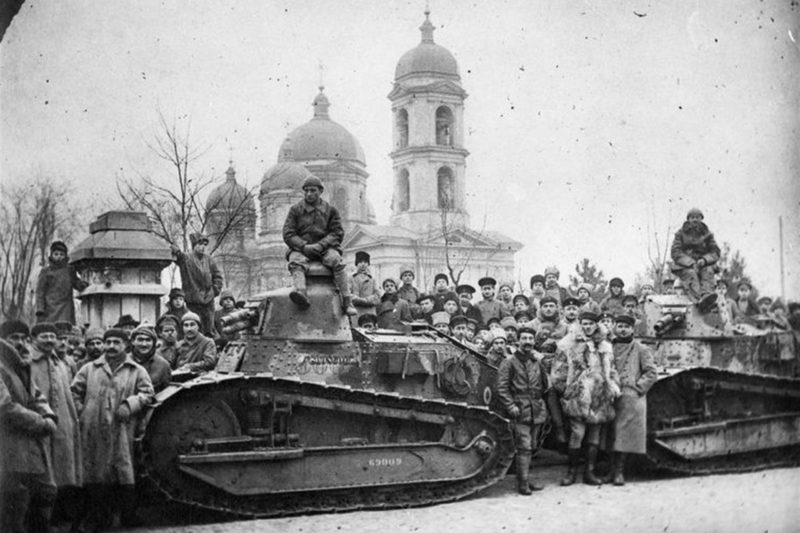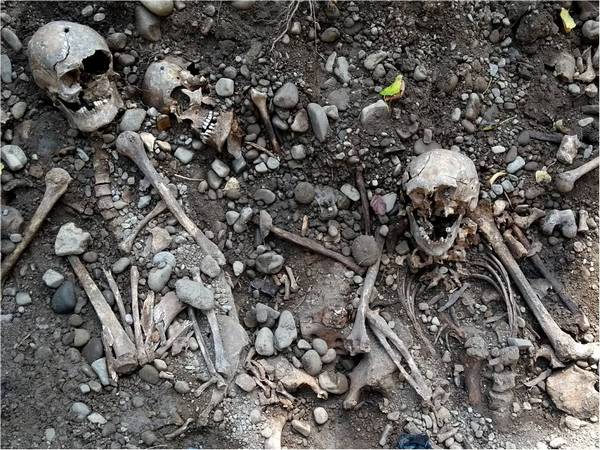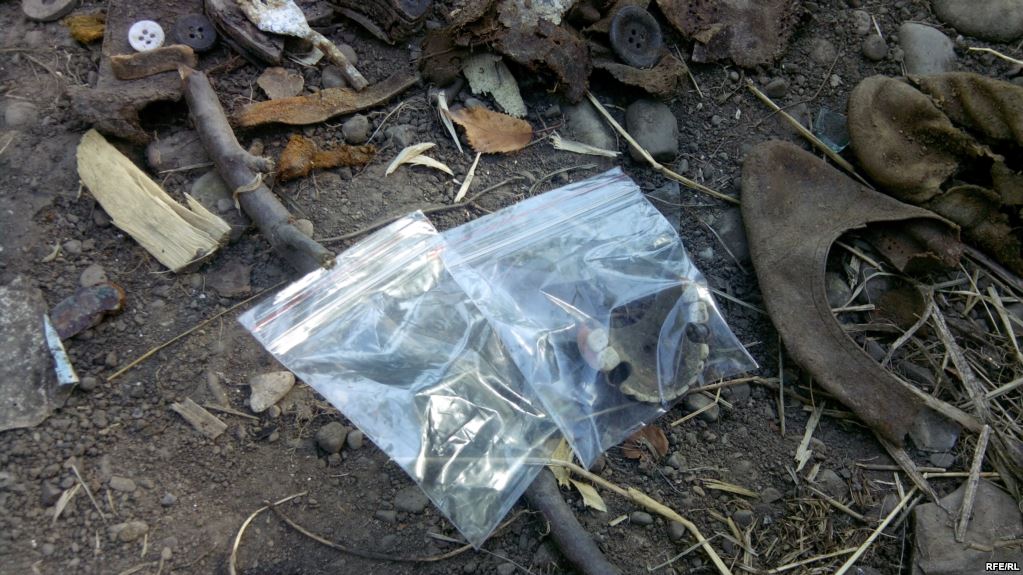On 18 December 1918, French troops occupied Odesa and announced that they were taking the city under their protection. It was part of the intervention of the forces of Entente and its allies in the former Russian Empire to fight the Bolsheviks, later known as Communists who had taken power in Russia in early November 1917 and effectively unleashed the civil war in the former Russian Empire.
The French stayed in Odesa until early April 1919. During this time, they tried to reach an agreement with the White Guard, the pro-tzarist anti-Soviet movement who wanted to restore the empire, and with Symon Petlyura's Directory of the Ukrainian National Republic, who strived to build a Ukrainian state. In both cases, the French didn't succeed. Moreover, there were warlords -- otamans -- operating in the area, who now formed alliances, then fought against their former allies.
In March 1918, Austrian troops entered Odesa and liquidated the Odesa Soviet Republic, which the Bolsheviks managed to organize in February.

After the capitulation in the First World War in November 1918, Austrian troops began to withdraw from Ukraine. Odesa came under the control of the troops of Hetman Pavel Skoropadsky of UNR.

In early December 1918, a French warship squadron led by the cruiser Mirabeau arrived in Odesa. The French hoped to negotiate with Skoropadsky to land in Odesa, then go to Kyiv, and from there -- to "finish off the Bolsheviks in Moscow." But at that time the hetman's regime fell, and the army of Simon Petlyura's Directory of the Ukrainian National Republic entered the city.

After the ultimatum of the French command on 18 December 1918, the troops of the UNR Directory left the city for Petlyura didn't want to spoil relations with the Entente. After that, the French announced that they were taking Odesa and the Odesa region "under the protection of France."

By the end of December, about 15,000 French troops had arrived in Odesa, including Senegalese, Moroccan, and Algerian soldiers from French colonies in Africa.

Additionally, Polish, Romanian, Serbian, Greek, and British military battalions entered Odesa.


The Entente fleet entered the Black and Azov Seas, and their troops entered Odesa, occupied Sevastopol, Feodosia, Yevpatoria, Yalta, Kerch, Simferopol, Kherson, and Mykolayiv. Kherson Ataman of the Ukrainian National Republic Nikifor Hryhoryiv, who joined the Bolsheviks together with his soldiers, didn't like this.

France tried to create some kind of government from the local population in Odesa, which became a French province. But it was difficult for them to understand who was fighting against whom and for what. At first, they tried to reach an agreement with the White Guard leader Anton Denikin, who, unlike Petlyura, was satisfied with the idea of restoring a "united and indivisible Russia."

Denikin was considered an English creature, and the French did not like it. Therefore, in early 1919, General Philippe d'Anselme arrived in Odesa, who headed the command headquarters and took all power into his own hands.

While Odesa was a French province, life in the city stabilized a bit - shops, restaurants, and theaters opened. Relying on French protection, industrialists, bankers, and other wealthiest people in the crumbling Russian Empire flocked to the city.


At that time, moviemaking resumed in Odesa, and French connoisseurs of cinema admired the Ukrainian silent film actress Vira Kholodna.

The French troops' command constantly postponed the march to Moscow, and the French soldiers weren't eager to fight. Riots broke out among French sailors who listened to Bolshevik propaganda.

Disappointed in Denikin, the French began negotiations with the UNR Directory and even agreed to recognize the UNR in exchange for cooperation in fighting the Bolsheviks. But it was too late -- the Bolshevik's Red Army and Otaman Hryhoryiv who had gone to them approached the city.
At the end of March 1919, at a conference in Paris, the members of the Entente decided to cancel the intervention. And on April 2, the French command announced an urgent evacuation from the city. Odesa ceased being a French province.

During the First World War, France was one of Russia's main money loaners. Retreating from Odesa, the French tried to take away everything that had at least some value. So they took away part of the ships of the White Guard fleet that were stationed in Odesa.


On 6 April, Odesa saw units of the Red Army led by Hryhoryiv who boasted that he had personally defeated the French. But soon, in May 1919, he led an uprising against the Bolshevik government in Ukraine. After his defeat, he tried to join anarchist Nestor Makhno, but was killed by the Makhnovists.


In August 1919, the White Guard drove the Reds out of Odesa. Finally, the Soviet regime was established in the city in February 1920.
Read more:
- Odesa circa 1890 in color(ed) photographs
- History in several photographs: Maidan Nezalezhnosti
- A glimpse of 1905 Ukraine in true color
- Five historic сastles to visit in Ukraine





